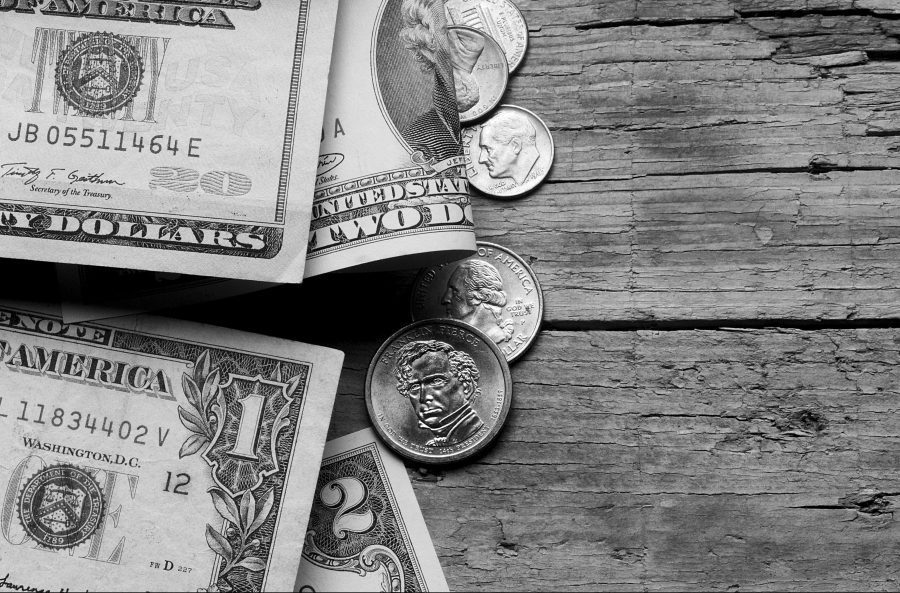The post Lehman decade was defined by the Federal Reserve’s “lender of the last resort” strategy to stabilize the global banking system. The American central bank expanded its balance sheet from $900 billion to $4.5 trillion. This led to a collapse in money market rates, Treasury bond yields and asset market volatility. Bull markets are born in panic and die in a frenzy of greed. So it was no coincidence that the S&P 500 index rose more than fourfold since President Obama’s inauguration in January 2009, led by a spectacular bull market in Silicon Valley tech shares.
However, the rules of the global money game changed in October 2018. The eighth-rate hike by the Federal Reserve at the September FOMC led to a rise in the two-year Treasury note yield to 2.9% and ten-year US Treasury note yield to 3.25%. The US dollar surged against the Euro on Italy’s budget woes, against sterling on Brexit fear and against emerging market currencies on systemic debt horror stories. The tensions between Beijing and Washington have escalated into a trade war. Russia is a geopolitical pariah in the West due to the Kremlin’s annexation of the Crimea, cyber espionage and military interventions in Syria and Ukraine.
Wall Street stock markets were unnerved and plunged the most since October 2008 while GCC stock market (ex Saudi) were trapped in a bearish debt spiral despite a rise in the price of crude oil. The GCC currency pegs and a stronger US dollar equate to imported deflation. Since GCC economies cannot devalue, the burden of adjustment falls on regional property and equity markets, which predictably plunged in 2018. King Dollar means debt distress for the GCC since most regional economies borrowed recklessly in the Fed’s easy money decade. These leveraged chickens have now come home to roost as LIBOR and its GCC peers (EIBOR, SIBOR) surge and amplify the stress on regional sovereign, banking and corporate balance sheets.
Investors in the GCC must rethink their regional and global asset allocation strategies. Most GCC investors have a dominant “home bias” and do not realise that secular bull markets in the US dollar mean recession, banking crises, oil price crashes, credit crunches and traumatized stock and property markets in the Gulf. This happened during periods of past dollar strength in 1981-85, 1999-2001, 2009-10 and 2014-18. The reason? When the US dollar surges, the Gulf imports deflation. When the US dollar falls, the Gulf reflates and acts as a magnet for foreign capital, as we saw in 2003 – 2008.
Investment managers strive to generate the best risk adjusted returns in a complex, chaotic, interdependent world. This is particularly true for small, globalized, open economies like the UAE. Putin’s invasion of Crimea in 2014 led to a collapse in the rouble and Russian capital inflows into Palm Jumeirah luxury property. The collapse in oil prices led to valuation hits in the UAE equity indices. The rise in LIBOR is a disaster for leveraged corporates at a time when private sector credit growth has plummeted. Brexit, the Turkish currency meltdown and the Malaysian 1MDB scandal has meant severe losses in London, Istanbul and Kuala Lumpur properties, nodal destinations for GCC investors.
The Federal Reserve will continue to raise its overnight borrowing rate in 2019 as well as reduce its balance sheet by $50 billion a month. This means the US dollar will continue to strengthen and pressure the GCC’s stock and bond markets. The rise in US Treasury bond yields mean stress on sovereign ratings, mainly in Bahrain and Oman. The IMF has downgraded its global growth forecasts, a negative for Brent crude, which has fallen $10 last month despite imminent US sanctions on Iran oil exports. As J.P. Morgan said “Liquidity is like a cab on a rainy night. It disappears when you need it the most”. This is the lesson GCC relearnt the hard way in 2018.







